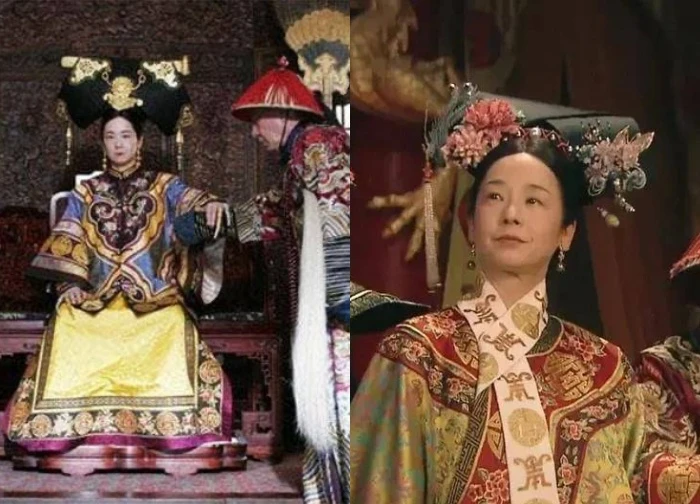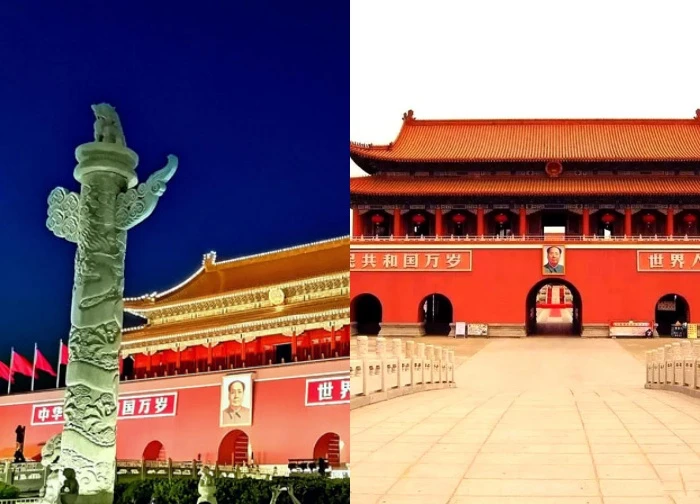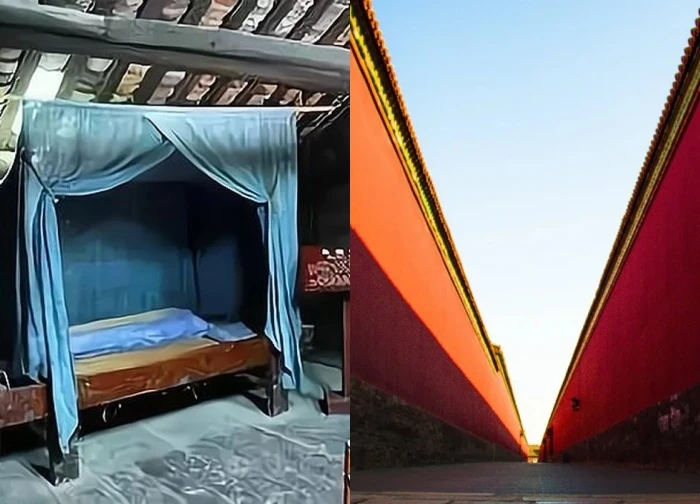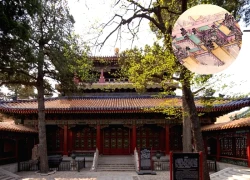China's Sun Wheel "appears" in Vu Mong Lung, netizens demand a case

8 | 0 Discuss | Share
The movie "The Search for Ambergris" has been causing a stir at Vietnamese box offices in recent days not only because of its adventure and thriller elements, but also because it touches on a topic that has been shrouded in mystery for thousands of years: Ambergris.
The work uses the image of an ancient treasure as the center of conflict, where factions fight over a material that seems to exist only in legends. Therefore, the film has rekindled the public's curiosity: What is Ambergris in the end? Why is it so precious that people from the Middle East, Europe, to East Asia are hunting for it? And do the mystical descriptions in the novel "Ghost Blows Out the Lamp" have anything to do with scientific truth?
To answer those questions, it is necessary to return to ancient knowledge and modern analysis, to understand the item known as "soft gold of the sea".
Natural origin - secrets from sperm whale intestines
Ambergris, also known as ambergris, is not a mineral or a type of tree resin as many people mistakenly believe. It is actually a fragrant wax formed in the intestines of sperm whales. When this giant fish swallows squid, a species with very hard beaks, its body secretes a special wax that covers the indigestible part to avoid intestinal damage. This is the seed that creates Ambergris.
When the fish excrete, or when they die and sink to the bottom of the sea, the waxy substance floats in the ocean for years. Sunlight, seawater, salt, and oxygen oxidize it, transforming it from a raw, slightly fishy substance into a material with a warm, sweet, deep, and very long-lasting scent, especially prized by perfumers.
This process lasts for dozens, even hundreds of years, making each block of Ambergris like a diary buried by the waves and then returned to humanity.
Characteristics and value - why is ambergris as expensive as gold?
Modern science has confirmed the characteristics of Ambergris: soft, waxy, silver-gray, light yellow to dark brown in color. When burned, it has a pleasant smell, and especially the ability to fix the scent, helping the perfume last for dozens of hours.
It is this property that makes it the mainstay of luxury perfumes, once described by French perfumers as the "pillar of fragrance".
Its rarity is another important factor. Not all sperm whales produce ambergris. It is estimated that only 1-5% of these whales can produce it. Therefore, the price of real ambergris can reach tens of thousands of USD/kg, with even the best specimens recorded being worth more than 150,000 USD.
It is not surprising that feudal dynasties from China, Dai Viet to Arab dynasties considered it a national product, used in royal courts, ceremonies, and as a precious medicinal herb.
Imprints in ancient literature: from the Draft of the Classic to the Dai Nam Chronicle
Ambergris appears in many ancient texts, showing deep interest in Asian and European civilizations.
In the Compendium of Materia Medica, Li Shizhen described Ambergris as a precious product floating on the sea, sometimes mixed with sand, with the effect of calming the mind, opening the senses, and calming the nerves. The Sea Country Map clearly states that it is often fished from the South China Sea, following Arab and Southeast Asian traders to South China.
In the Song History - Foreign Countries Story, it is recorded that the Dai Viet and Champa people once brought this incense to trade with China. This shows that it was once a strategic commodity on the sea trade route.
In Vietnam, Dai Nam Thuc Luc and Kham dinh Dai Nam Hoi Dien Su Le confirm that the sea areas of Phu Yen, Binh Thuan, Khanh Hoa, Con Lon, and Quang Ngai used to collect Long Dien Huong. The Nguyen Dynasty recorded it as a national treasury item, used in ceremonies and diplomacy.
Portuguese, Dutch, and British merchants in the 17th and 18th centuries also said that the Vietnamese used to sell Ambergris at very high prices in Hoi An. Since then, it has become part of the three precious spices: agarwood - ky-dien.
Revealing the shocking secret of 20 coffins weighing more than 100 tons underground in Saqqara  Minh Lợi21:44:18 19/11/2025Even now, no theory can explain exactly how or why more than 20 giant stone coffins were moved to this site and installed precisely in their grooves.
Minh Lợi21:44:18 19/11/2025Even now, no theory can explain exactly how or why more than 20 giant stone coffins were moved to this site and installed precisely in their grooves.

8 | 0 Discuss | Share

2 | 0 Discuss | Share

1 | 0 Discuss | Share

4 | 0 Discuss | Share

1 | 0 Discuss | Share

3 | 0 Discuss | Share

1 | 0 Discuss | Share

2 | 0 Discuss | Share

4 | 0 Discuss | Share

4 | 0 Discuss | Share

3 | 0 Discuss | Share

1 | 0 Discuss | Share






0 | 0 Discuss | Report